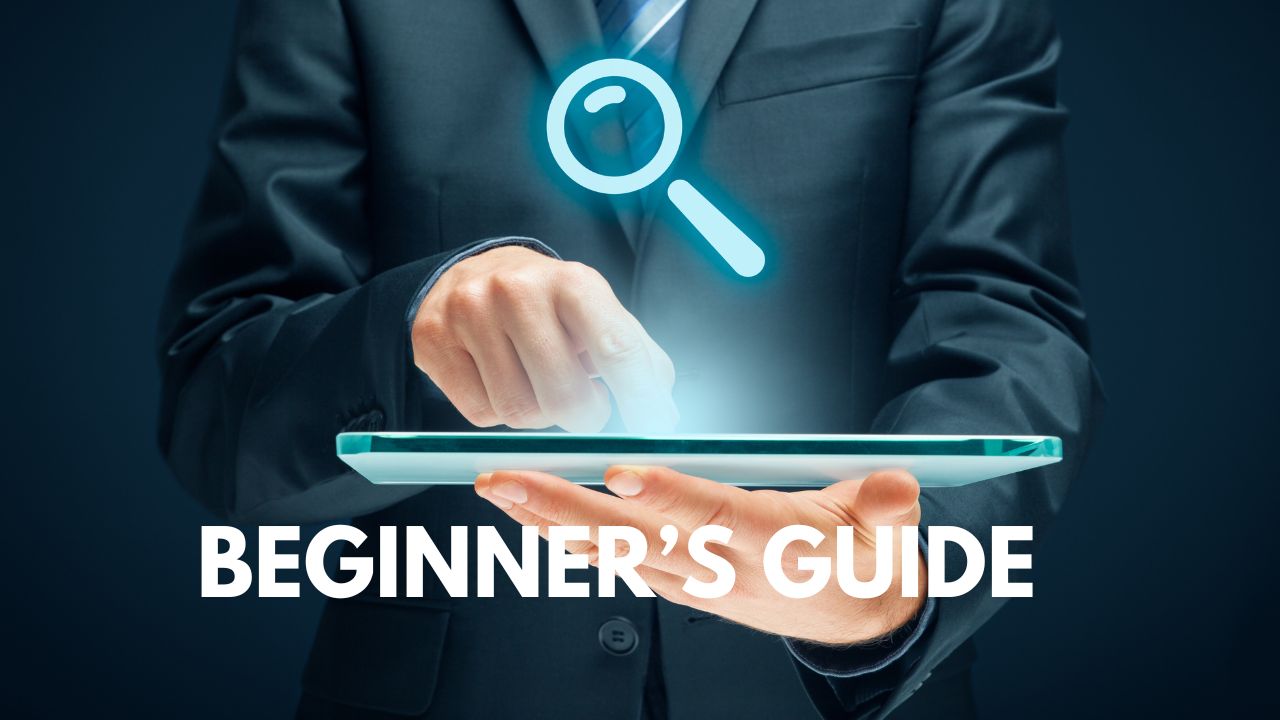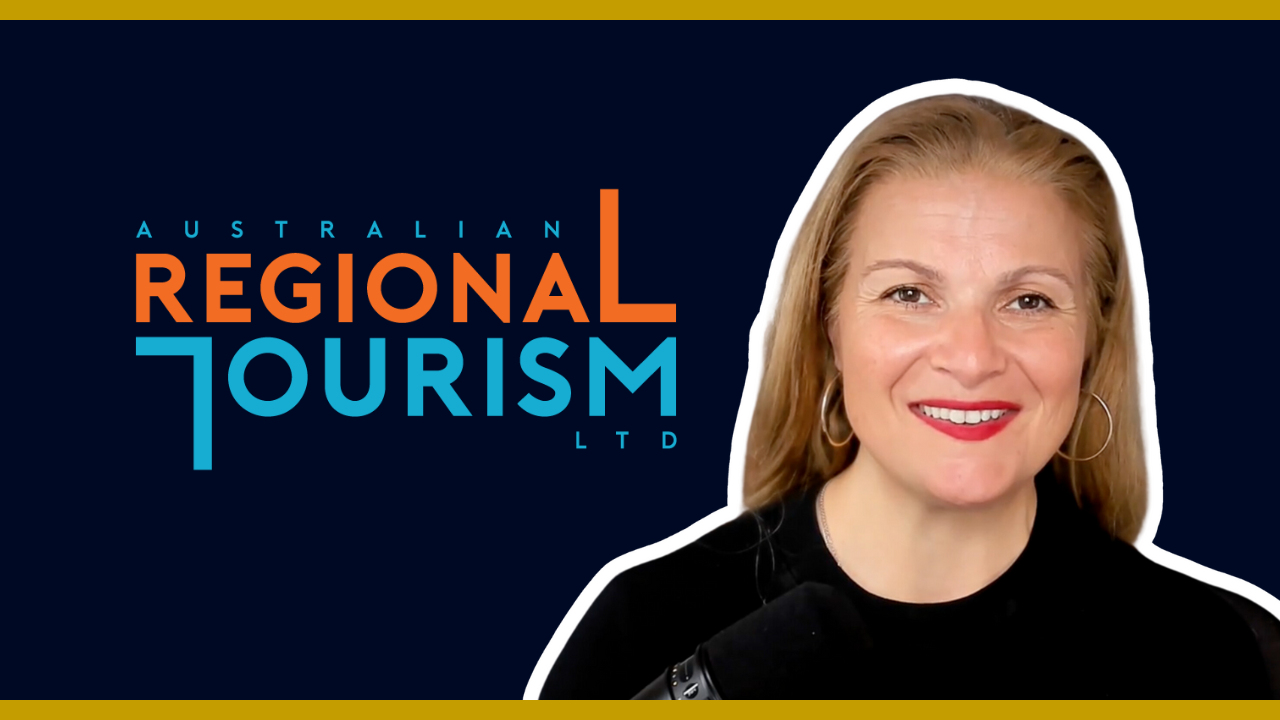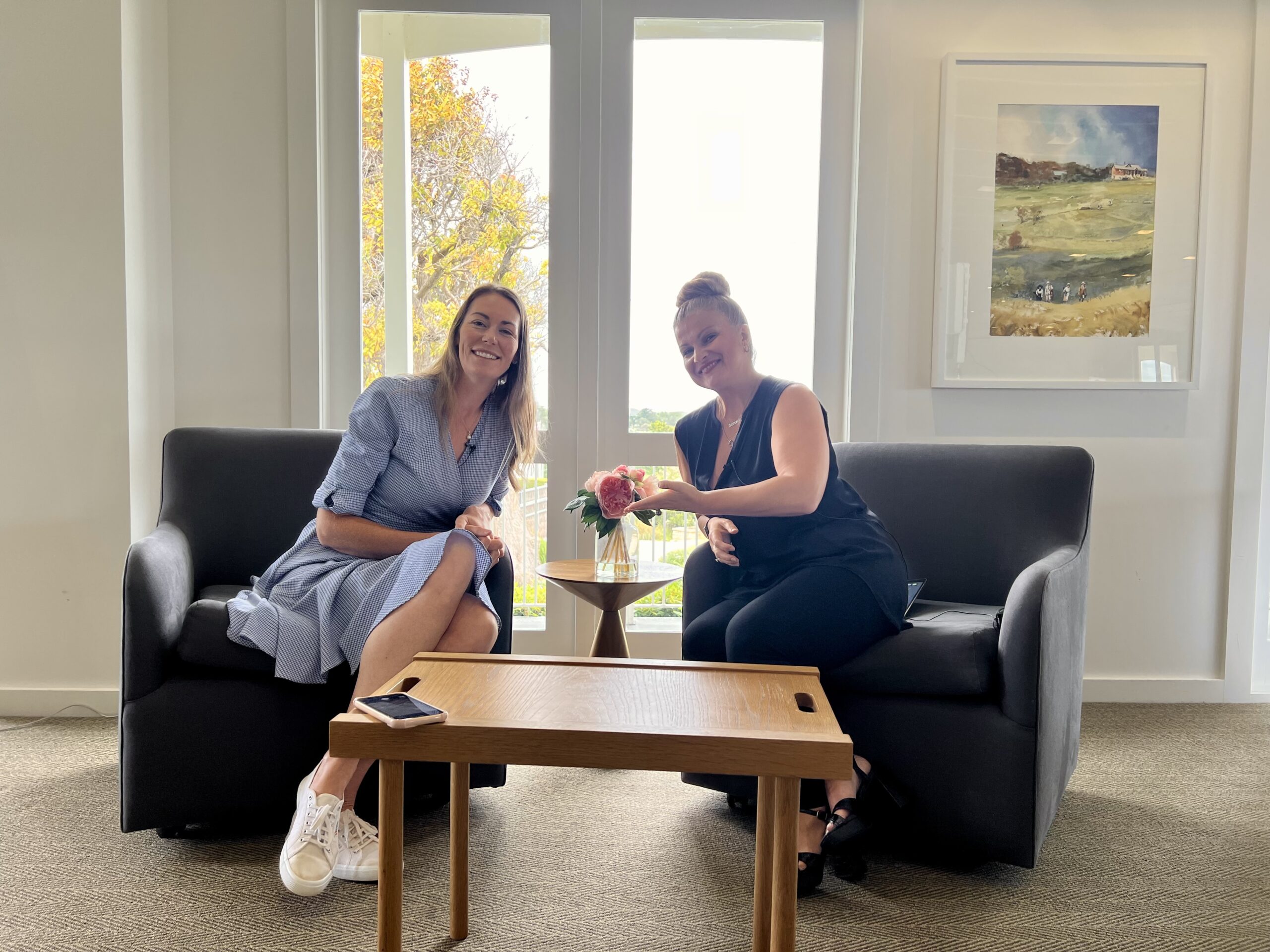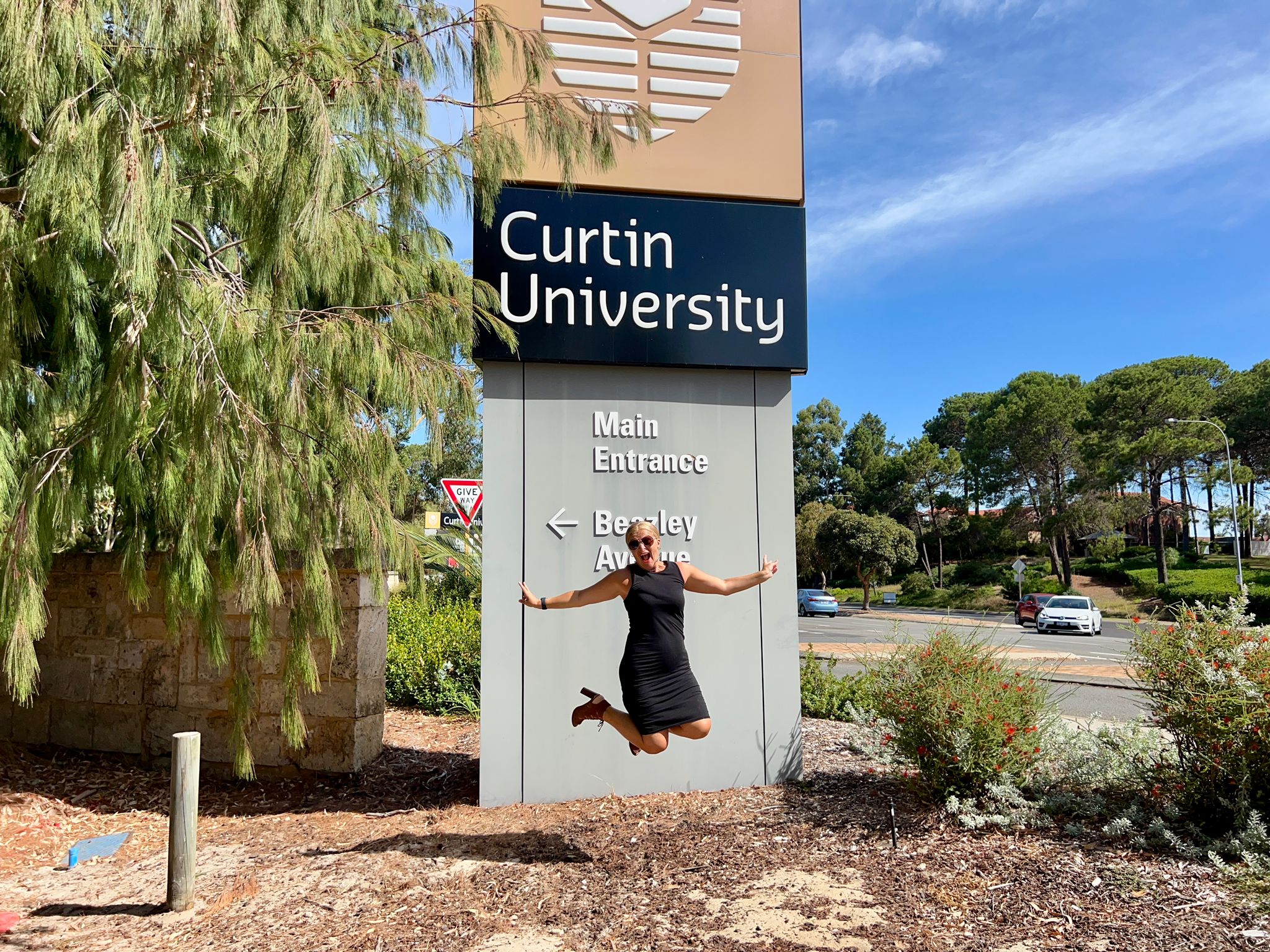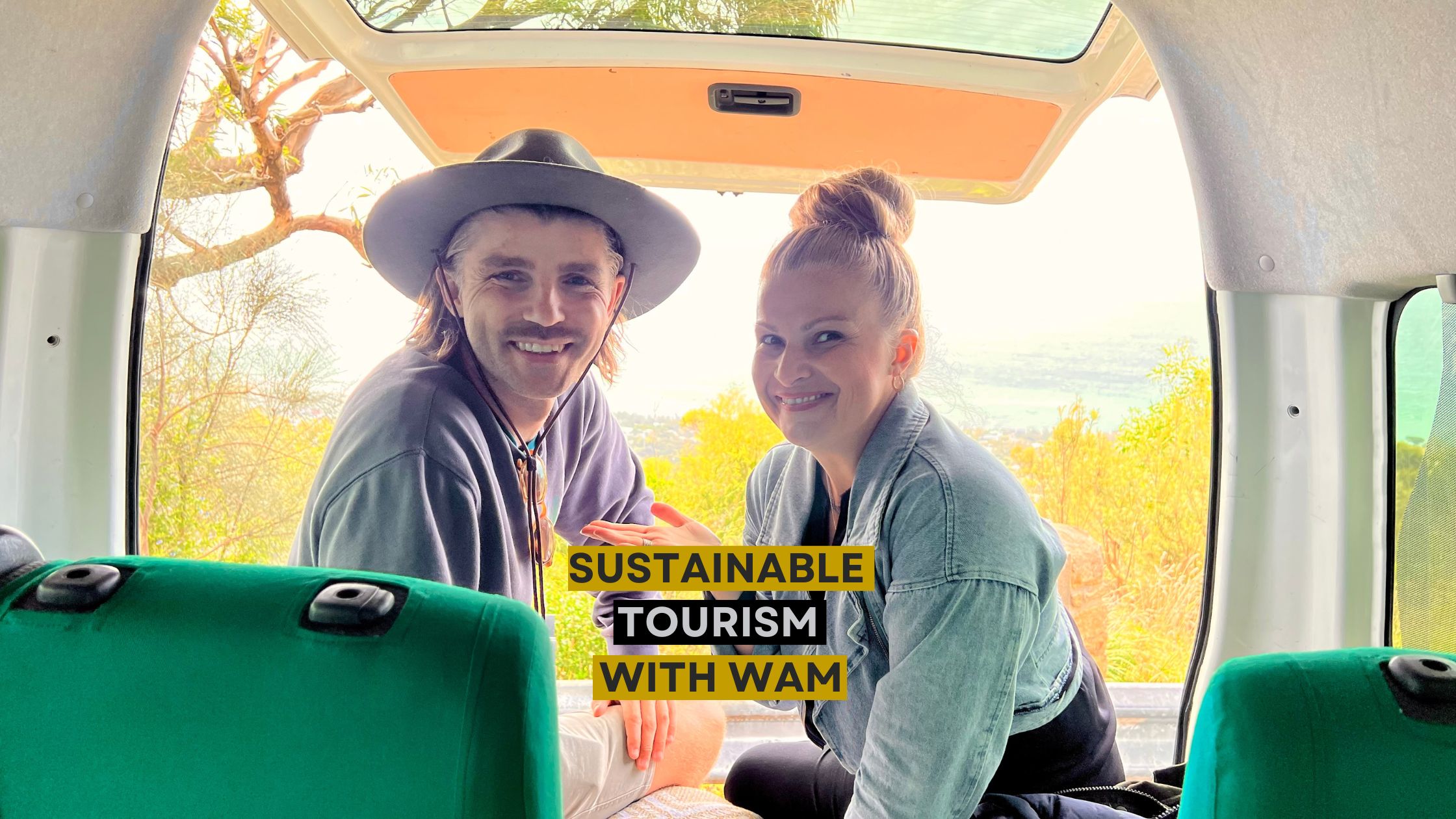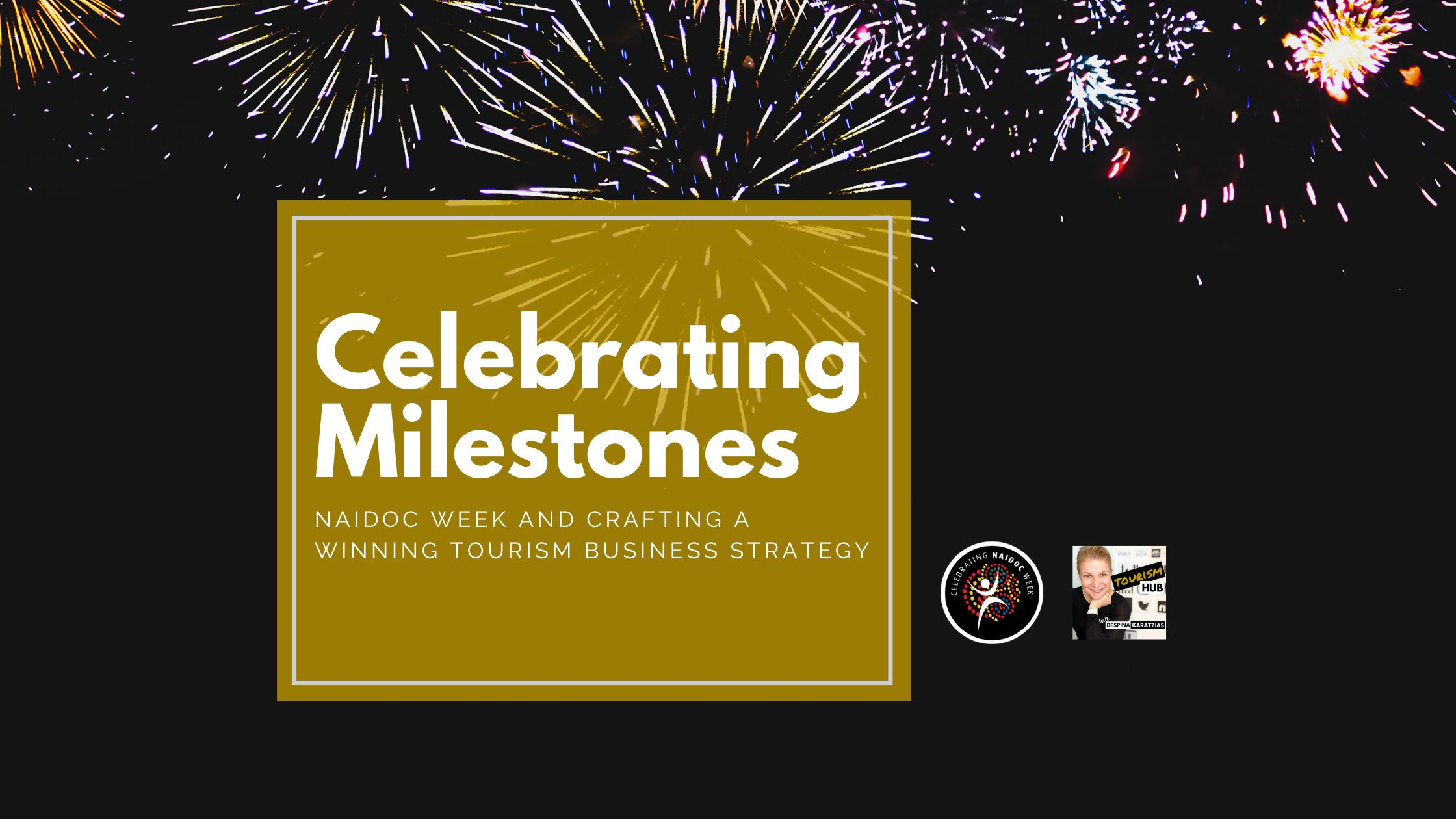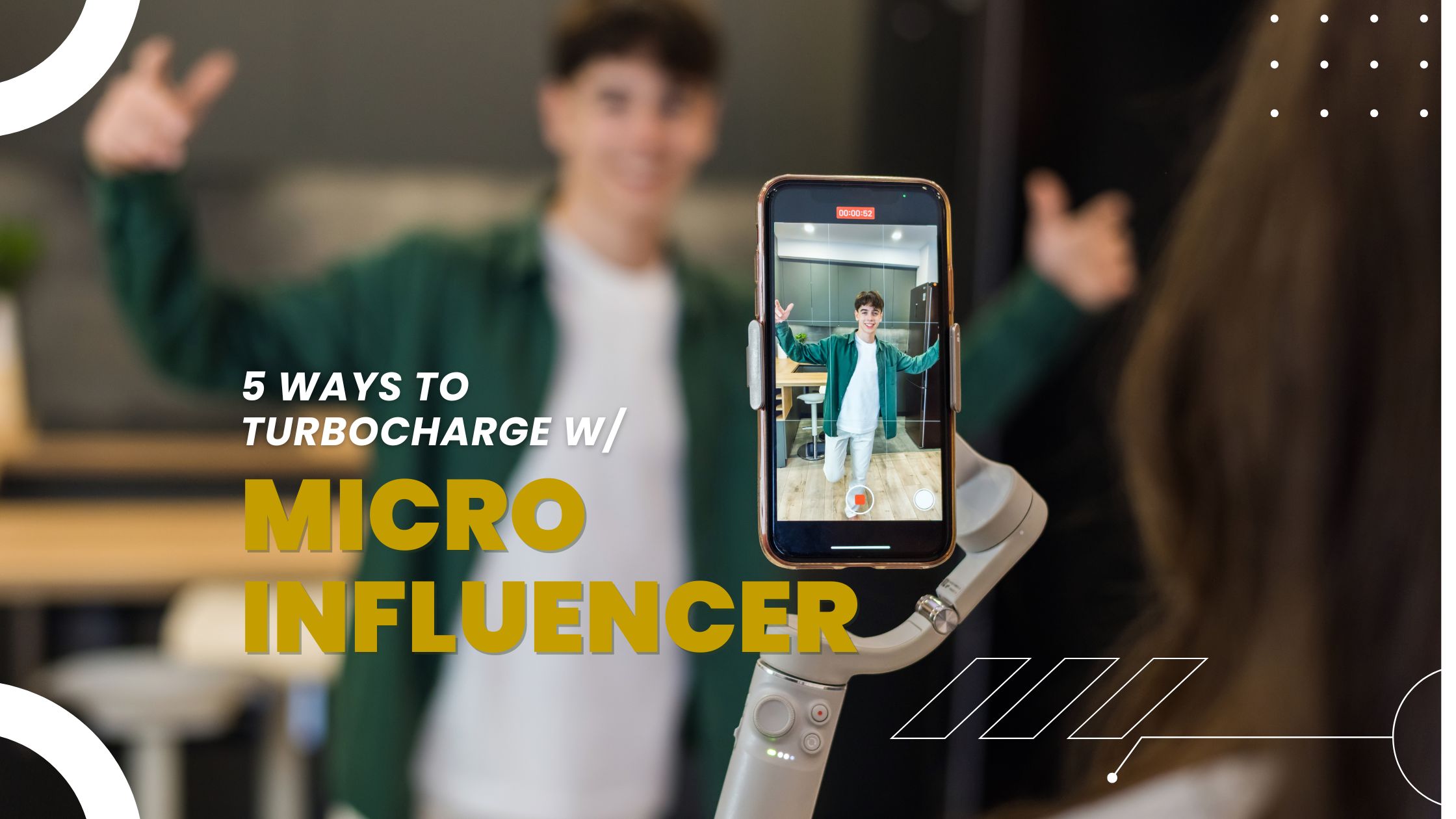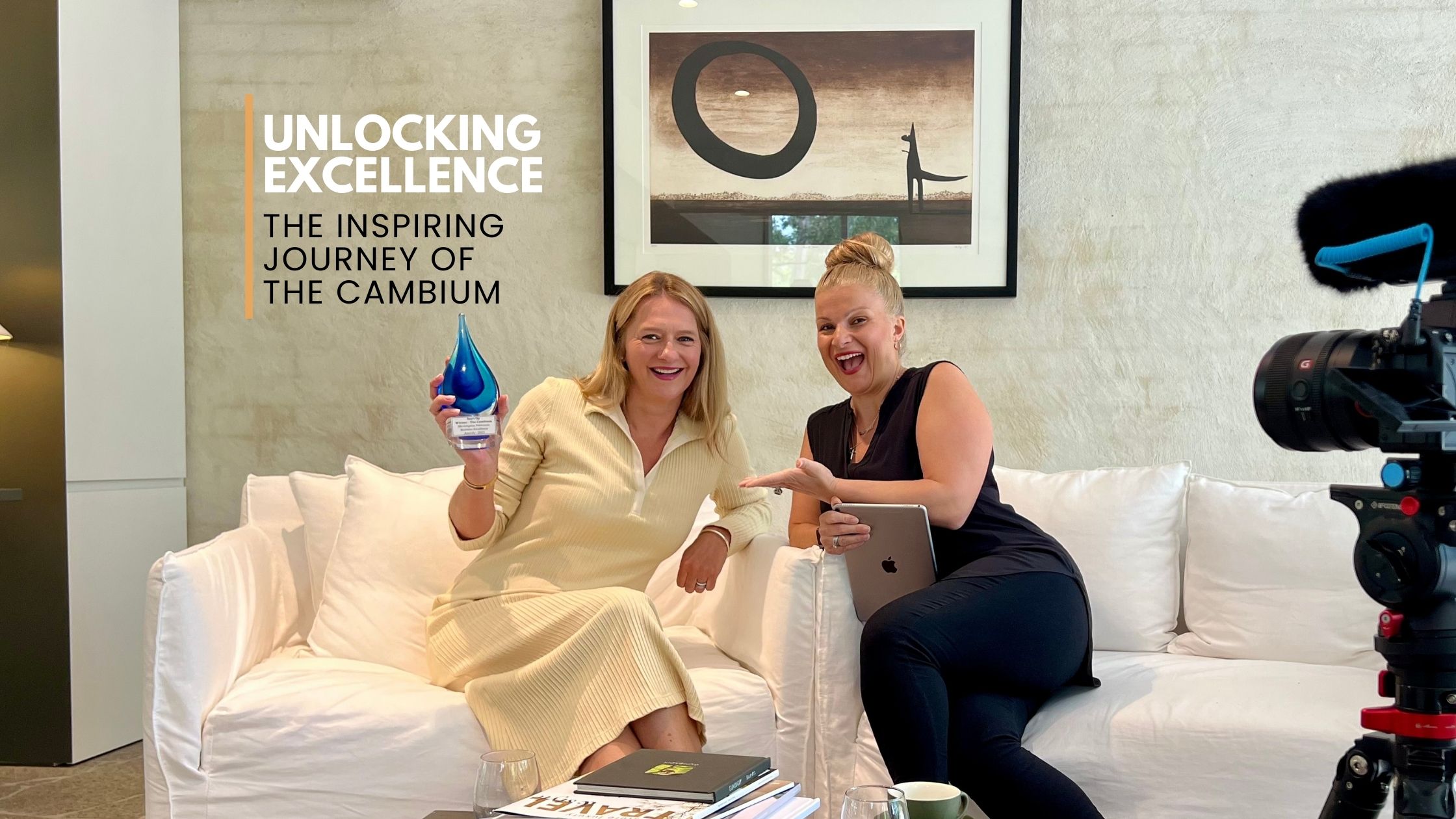The Journey to Inclusive Digital Spaces
In the early days of the Institute of Excellence, I launched a groundbreaking Digital Accessibility initiative for its time titled “SocialAbility and the Use of Social Media for Community Health Workers.” This session, first presented in November 2016, aimed to empower Yarra Ranges Council community health workers to harness the power of online platforms and digital tools to engage more effectively with people living with disabilities. You can revisit that foundational presentation SocialAbility and the Use of Social Media for Community Health Workers here..
Fast forward to 2024, in collaboration with the Melton City Council’s Venture Melton Business Network, I delivered “Digital Accessibility: Writing Accessible and Inclusive Content” in recognition of the UN International Day of Persons with Disabilities (IDPD 2024) on 3 December 2024. The theme, “Amplifying the Leadership of Persons with Disabilities for an Inclusive and Sustainable Future,” underscored the global disability rights movement’s ethos: “Nothing About Us Without Us.”
This journey represents the Institute of Excellence’s commitment to fostering inclusivity, breaking barriers, and equipping businesses to create digital spaces that are accessible to all. Digital Accessibility, like all accessible practices, is not only the right thing to do for our fellow humans; it is the right thing to do for your business. The team and I now offer this training as a self-paced course to the broader small business and tourism community with immense pride.
What is Digital Accessibility?
Digital accessibility refers to designing and developing online content that ensures all individuals, regardless of their abilities or disabilities, can fully engage with websites, apps, and digital services. Key areas include:
- Visual impairments: Providing screen reader-friendly designs and scalable text.
- Hearing impairments: Offering captions and transcripts for multimedia content.
- Mobility challenges: Ensuring keyboard-friendly navigation.
- Cognitive limitations: Using plain language and simplified navigation.
When businesses prioritise digital accessibility, they unlock dual benefits:
Improved Discoverability through Accessibility and SEO Practices
When your business adopts accessibility practices, you create a more inclusive experience while enhancing your online presence through search engine optimisation (SEO). By aligning accessibility with SEO best practices, your content becomes easier for search engines to crawl, understand, and rank. Here are some specific strategies:
- Alt Text for Images: Adding descriptive alt text provides essential context for visually impaired users and helps search engines index your visuals effectively. This increases the chances of your images appearing in search results.
- Semantic HTML: Using proper HTML elements, such as structured headings (H1, H2, etc.), improves the navigation experience for all users and enhances your website’s crawlability by search engines.
- Straightforward Navigation and Internal Linking: Intuitive menus and well-placed internal links make your content accessible for users and help search engines discover and prioritize relevant pages on your site.
- Captions and Transcripts for Multimedia: Providing captions and transcripts not only ensures that videos are accessible to hearing-impaired users but also enables search engines to index the content of your videos, improving their discoverability on platforms like Google and YouTube.
By integrating these accessibility-focused SEO techniques, your business can achieve a broader reach, attract more traffic, and demonstrate a commitment to inclusivity.
Specific practices such as adding descriptive alt text for images, using semantic HTML for better content structure, and providing captions and transcripts for multimedia ensure that both users and search engines can engage with your content effectively. These strategies create a win-win scenario: improved accessibility for your audience and greater visibility on platforms like Google and YouTube.
Connecting with Social Media Audiences
Accessible content often performs better on social platforms. Clear captions, well-described images, and plain language resonate with a broader audience, encouraging shares and engagement. Social networks favour content that garners interactions, which further boosts your discoverability.
By implementing accessible design principles, businesses create an inclusive digital environment where everyone can participate equally while gaining the added advantage of increased online visibility.
Why Digital Accessibility Matters for Australian Businesses
Broaden Your Audience Reach
According to the Australian Bureau of Statistics, nearly one in five Australians experience disabilities. This statistic highlights that a significant portion of the population could face barriers to accessing your content if accessibility isn’t prioritised. Moreover, accessible content isn’t limited to addressing permanent disabilities, it also ensures usability for those with temporary or situational limitations. For example, a user with a broken arm may rely on keyboard navigation, while someone reading in bright sunlight might struggle with low-contrast text. By designing inclusively, you open your digital doors to a larger, more diverse audience.
The Institute of Excellence’s commitment to accessibility is evident in its alignment with sustainable tourism and inclusive practices. Achieving Sustainable Tourism Business Accreditation and Accessible Awareness through the ATIC Accreditation program highlights our ongoing efforts and support to integrate accessibility into every digital and operational excellence aspect. These recognitions demonstrate how accessible practices enhance engagement with diverse audiences, making businesses more resilient and community-focused.
Enhance User Experience
Accessible design goes hand-in-hand with improved user experience. Features like clear navigation, readable text, and logical content structure make it easier for everyone, not just those with disabilities, to interact with your website. When users can effortlessly find the information they need, they’re more likely to engage with your content, return to your site, and recommend it to others.
For instance, implementing WCAG guidelines, such as providing meaningful link text and semantic HTML creates a smoother browsing experience. Whether it’s a tourist planning their next trip or a local resident accessing your services, an accessible website reflects a business’s dedication to inclusivity and professionalism.
Boost Your SEO
Accessibility and SEO share common ground, making them mutually beneficial. By incorporating features like descriptive alt text for images, properly structured headings, and meaningful link text, you’re not only making your site more accessible but also optimising it for search engines. Search algorithms reward well-structured, user-friendly websites, which can lead to higher rankings and increased visibility.
For example, when you describe images with accurate alt text, it aids both screen reader users and search engine crawlers in understanding your content. Similarly, creating clear headings helps structure your site for better navigation and indexing. The Institute of Excellence’s blog has previously explored these intersections, highlighting how good digital practices support both accessibility and business growth.
Meet Legal Requirements
In Australia, businesses are legally required to ensure their digital platforms comply with accessibility standards under the Disability Discrimination Act 1992 (DDA) and the Web Content Accessibility Guidelines (WCAG). Non-compliance can result in costly legal penalties, reputational damage, and the alienation of potential customers.
High-profile cases, such as those involving large retailers failing to meet accessibility requirements, have demonstrated the importance of proactive compliance. By prioritising accessibility, you avoid legal risks and position your brand as socially responsible and forward-thinking. This approach aligns seamlessly with the Institute of Excellence’s mission to champion accessible and inclusive practices in all aspects of business operations.
The “Digital Accessibility” Course: Empowering Your Business
The new self-paced “Digital Accessibility: Writing Accessible and Inclusive Content” course equips you with the tools and insights to create inclusive digital spaces. Here’s an overview of what you’ll learn:
Module 1: Introduction to Digital Accessibility
- The significance of digital accessibility for businesses and users.
- Benefits of accessible content for user experience and SEO.
- Legal requirements, including WCAG and DDA compliance.
Module 2: Principles of Writing Accessible and Inclusive Content
- Writing in plain language for clarity.
- Using meaningful link text and structured headings.
- Crafting compelling alternative text for images.
Module 3: Design and Formatting Best Practices
- Selecting accessible fonts and colour schemes.
- Formatting content for screen readers.
- Adding captions and transcripts to multimedia.
By the end of this course, you’ll have the practical skills to implement accessibility strategies that enhance user engagement, SEO, and legal compliance.
Digital Accessibility: Writing Accessible and Inclusive Content
Amplifying Leadership: A Call to Action
In alignment with the UN’s 2024 IDPD theme, this training emphasises the vital role of leadership in driving inclusivity and accessibility in the digital space. By integrating accessible practices into your business operations, you demonstrate a commitment to diversity and the foresight to enhance your digital capability and competitiveness.
Accessible digital leadership isn’t just about compliance; it’s about unlocking dual benefits for your business. Streamlined accessibility practices improve user experience, increase your content’s discoverability, and align your business with ethical and sustainable growth. This is your opportunity to elevate your brand while breaking barriers that exclude individuals from fully engaging with your services.
Thank you for reading and for taking the first step toward a digitally inclusive future. Working together, we can create a world where accessibility benefits everyone, starting with your business and community content. Enrol in our “Digital Accessibility: Writing Accessible and Inclusive Content” course, and empower your business to lead in accessible growth for all.
About the Author
Despina Karatzias passionately advocates empowering small and medium-sized businesses and tourism communities. As the founder of the InstituteofExcellence.com and host of the Tourism Hub Podcast, she inspires and equips business leaders to leverage online tools, strategies, and training to drive growth and success. Despina delivers practical solutions in business development, digital marketing, social media, and tourism marketing through self-paced online learning experiences, face-to-face workshops, one-on-one mentoring, and keynote presentations. Her mission is to ignite excellence and help businesses thrive in a competitive, ever-evolving landscape. Connect with Despina on LinkedIn.
Download Despina’s latest FREE eBook: 25 Marketing Mistakes Your Business Must Avoid to Thrive

